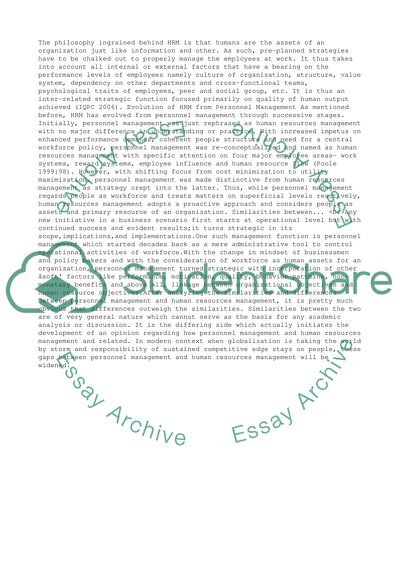Cite this document
(“Personnel management vs. human resource management Essay”, n.d.)
Retrieved from https://studentshare.org/management/1409179-personnel-management-vs-human-resource-management
Retrieved from https://studentshare.org/management/1409179-personnel-management-vs-human-resource-management
(Personnel Management Vs. Human Resource Management Essay)
https://studentshare.org/management/1409179-personnel-management-vs-human-resource-management.
https://studentshare.org/management/1409179-personnel-management-vs-human-resource-management.
“Personnel Management Vs. Human Resource Management Essay”, n.d. https://studentshare.org/management/1409179-personnel-management-vs-human-resource-management.


